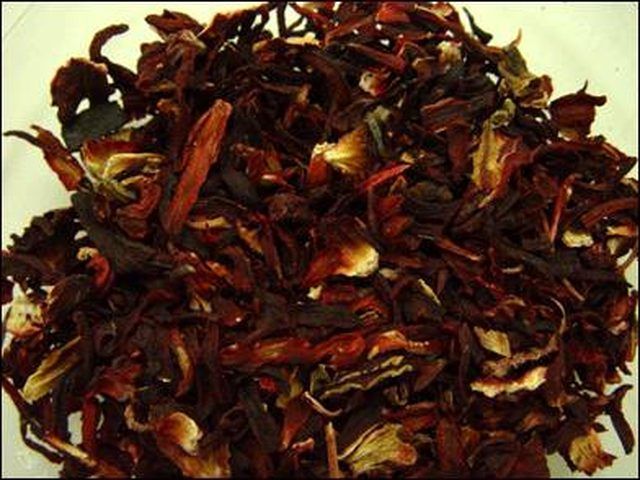Bulbs
Flower Basics
Flower Beds & Specialty Gardens
Flower Garden
Garden Furniture
Garden Gnomes
Garden Seeds
Garden Sheds
Garden Statues
Garden Tools & Supplies
Gardening Basics
Green & Organic
Groundcovers & Vines
Growing Annuals
Growing Basil
Growing Beans
Growing Berries
Growing Blueberries
Growing Cactus
Growing Corn
Growing Cotton
Growing Edibles
Growing Flowers
Growing Garlic
Growing Grapes
Growing Grass
Growing Herbs
Growing Jasmine
Growing Mint
Growing Mushrooms
Orchids
Growing Peanuts
Growing Perennials
Growing Plants
Growing Rosemary
Growing Roses
Growing Strawberries
Growing Sunflowers
Growing Thyme
Growing Tomatoes
Growing Tulips
Growing Vegetables
Herb Basics
Herb Garden
Indoor Growing
Landscaping Basics
Landscaping Patios
Landscaping Plants
Landscaping Shrubs
Landscaping Trees
Landscaping Walks & Pathways
Lawn Basics
Lawn Maintenance
Lawn Mowers
Lawn Ornaments
Lawn Planting
Lawn Tools
Outdoor Growing
Overall Landscape Planning
Pests, Weeds & Problems
Plant Basics
Rock Garden
Rose Garden
Shrubs
Soil
Specialty Gardens
Trees
Vegetable Garden
Yard Maintenance
How to Grow Hibiscus for Tea at Home
How to Grow Hibiscus for Tea at Home. Deep red hibiscus tea is made from an infusion of hibiscus flower sepals and is high in vitamin C, among other vitamins and minerals, and is naturally a gentle diuretic. It is drunk around the world either hot or cold and some prefer to add spices and sweeten the tart flavor with sugar. To make your own...

Deep red hibiscus tea is made from an infusion of hibiscus flower sepals and is high in vitamin C, among other vitamins and minerals, and is naturally a gentle diuretic. It is drunk around the world either hot or cold and some prefer to add spices and sweeten the tart flavor with sugar. To make your own hibiscus tea from scratch, you will first need to grow the flowers. Here is how to grow hibiscus and dry out the parts of the flowers you will need to make tea.
Things You'll Need
Seeds
Nursery beds or containers
Irrigated soil
Warm climate
Choose the type of hibiscus flowers you want to grow. There are more than 200 known species of hibiscus flowers in the world but the species most commonly used for tea is hibiscus sabdariffa. Acquire seeds from a nursery or a seed distributor. Organic seeds are preferred.
Plant the seeds sometime between mid-May and early June. It is best to start them in nursery beds or well drained containers in a protected grow room if you live in a cooler climate. If you live in a warm climate you can start the seeds right in the ground. These flowers like warm, moist climates and will not survive a frost. In Julia F. Morton's book "Fruits of Warm Climates," she suggests that the flowers bloom best in temperatures from 60 to 90 degrees Fahrenheit.
Water the seeds regularly if you live in a region that gets little rain, but don't flood them, simply keep them moist at all times. If you have started the seeds in nursery containers you may transplant them to an outdoor bed when they are about 4 inches tall.
Monitor your plants so that you can pick the calyces (the sepals) at the proper time. They can take anywhere from 3 to 5 months to mature for the picking depending on your climate.
Pick each calyx, which will be dried for the use of making tea, when they are ripe. A calyx or outer bunch of leaves protecting the bud of the flower will look bright and shiny when ready. These appear large and ready after the actual flower has fallen off. You should be able to just snap off the ones that are ready. Ones near the bottom of the plant will most likely become ready first.

Wash the picked calyces and dry them in the sun or in a dehydrator.

Place a handful of the dried hibiscus pieces in a silk sachet and place in a mug. Pour boiling water over it and let steep several minutes. Add sugar if you like and drink hot or cold.